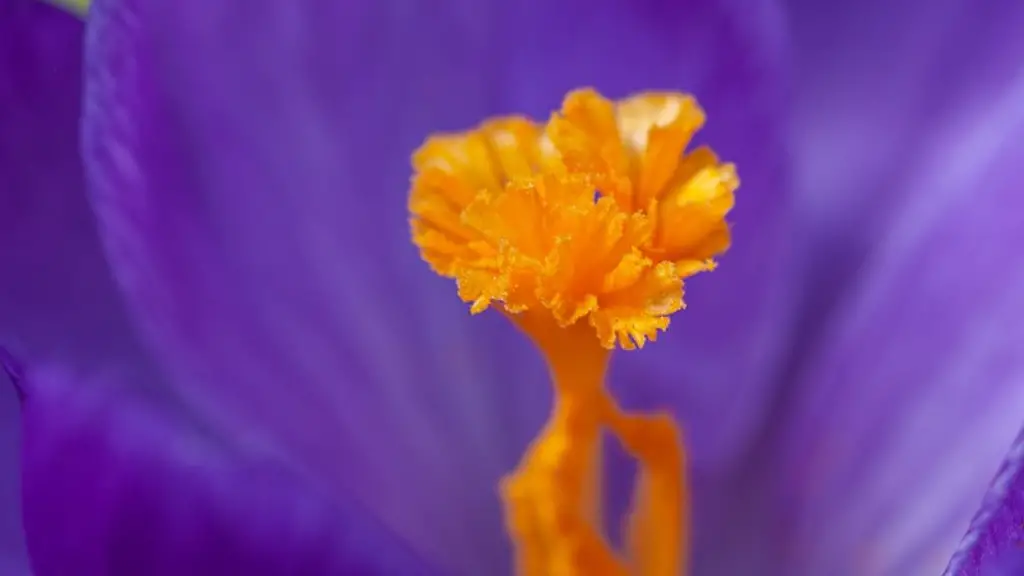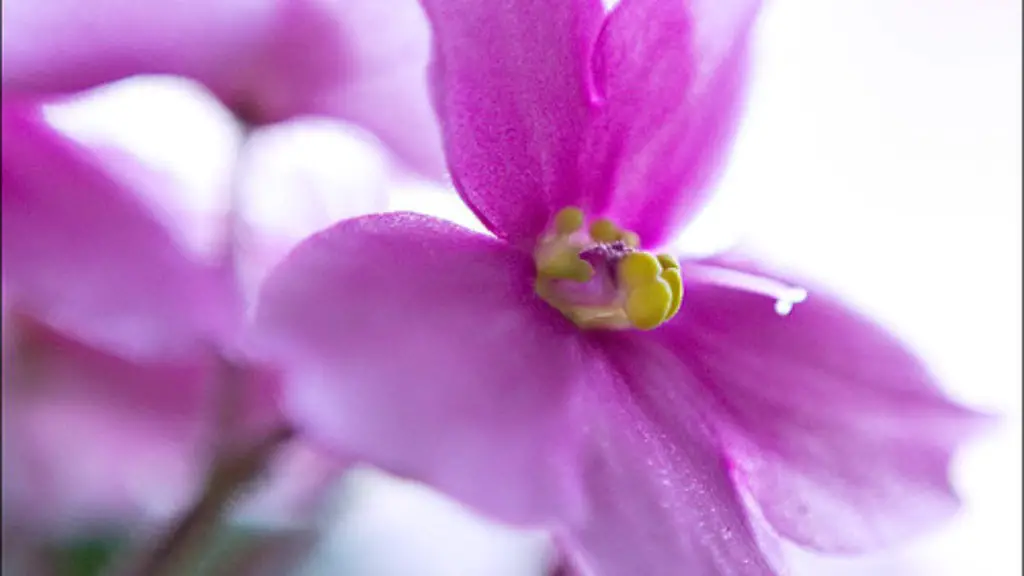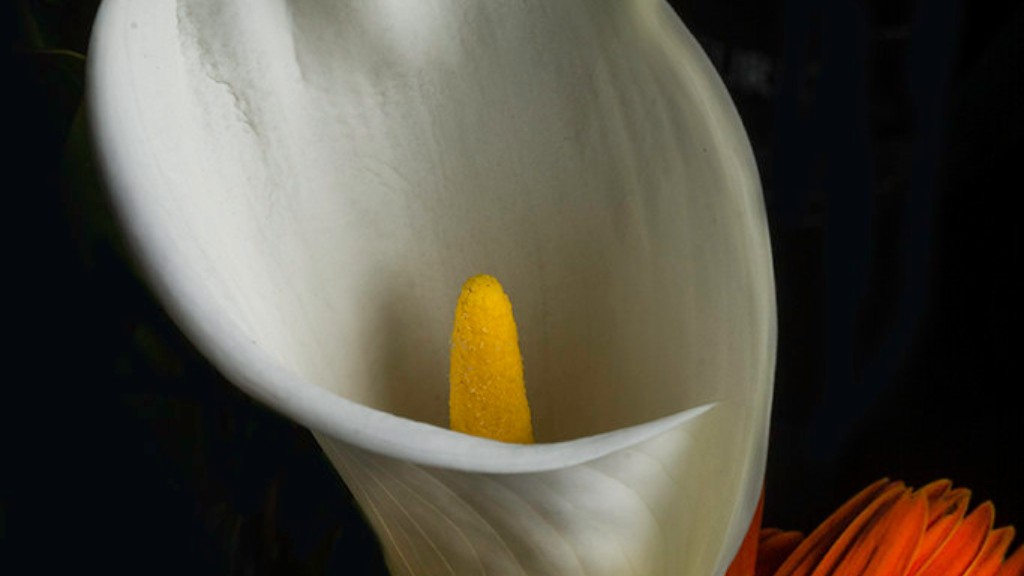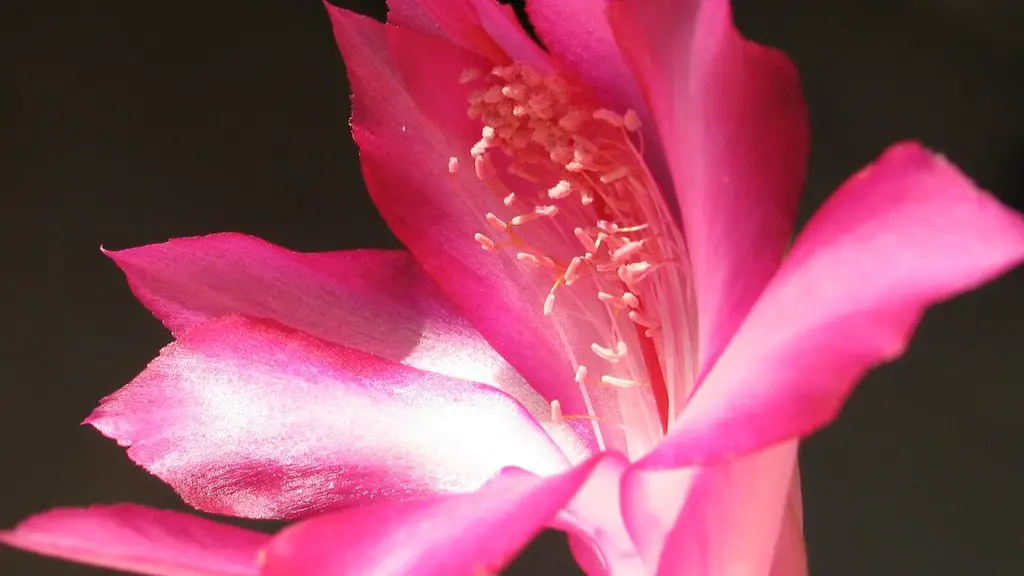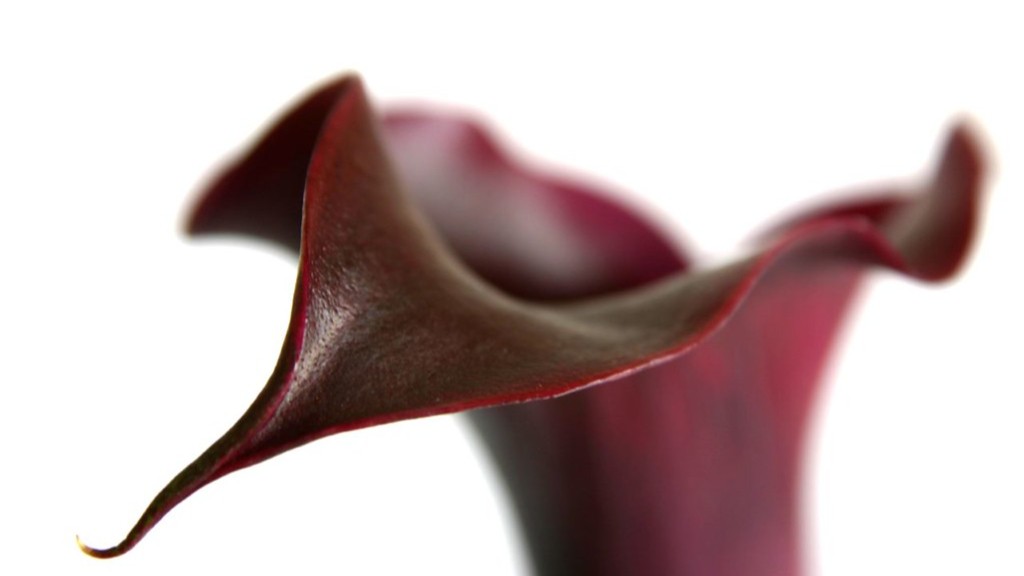If you are looking for a splash of color in your home, why not try growing African violets in a pot? These beautiful flowers are not only easy to care for, but they will also add a touch of elegance to any room. Here are a few tips on how to get started.
If you’re growing African violets (Saintpaulia) in a pot, it’s important to use the right size pot for your plant. The pot should be only slightly larger than the root ball of the plant. African violets need well-drained, loose soil that’s high in organic matter. They also need bright, indirect light and moderate humidity. Water African violets when the soil is dry to the touch, and fertilize them monthly with a water-soluble fertilizer.
Should African violets be watered from the top or bottom?
It is best to water African violets from the bottom to avoid getting water on the leaves. If you water from the top, be careful not to get water on the leaves when the plant is in the sun; this is to avoid leaf spots.
African violets are beautiful plants that need indirect sunlight to thrive. Choose a north- or east- facing window for best results and keep plants away from cold glass. Rotate the pot once a week so all leaves receive light, and extend daylight by placing African violets under a grow light during winter months.
How often should African violets be watered
African violets are delicate plants that require careful watering. Overwatering can lead to root rot and other problems. One way to prevent overwatering is to water only once a week and allow the plant to completely dry between waterings. Another way to prevent overwatering is to set up a wicking system.
African violets need to be slightly pot-bound in order to thrive. This means that you should choose a pot that’s on the smaller side. A professional tip is to use a pot that’s 3-4 inches in diameter for a standard African violet plant.
Can I use tap water for African violets?
It is important to be aware of the quality of your tap water when watering your African violets. Chlorine levels can fluctuate depending on the season and in some areas tap water may have high amounts of chlorine, chloramines, or dissolved solids. All of these things can adversely affect your African violets. If you are concerned about the quality of your tap water, you may want to consider using filtered or distilled water to water your plants.
It is important to water African violets carefully so that the crown of the plant does not become saturated and lead to crown rot. Do not mist the foliage, as this can cause permanent leaf spotting. Use room temperature water to avoid shocking the plant.
Can you use regular Miracle Grow on African violets?
This is an all-purpose fertilizer that can be used on African violets and other blooming houseplants. It is a complete fertilizer that contains all the essential nutrients needed for plant growth.
African violets prefer slightly acidic conditions, between 58 to 65 pH. In conventional soil, your plant won’t be able to efficiently absorb nutrients. Generally, peat moss is used to lower the pH in African violet potting soil.
Where is the best place to put an African violet
Plants need light to grow, and different plants need different levels of light. In general, plants grown for their leaves (foliage plants) need less light than plants grown for their flowers (floral plants).
For the best color and blooms, grow plants in bright, indirect light. A plant stand three feet away from a west- or south-facing window is an ideal location. Plants will still grow when situated right beside north- or east-facing windows, but leaves will be thin and spindly, and plants less likely to bloom.
There are a few things you can do to help encourage your African violet to bloom again.
One is to make sure it is getting enough light. It should be in a spot that gets bright, indirect light for at least a few hours a day.
You can also turn up the humidity around it by misting it regularly or placing it on a pebble tray.
Replenishing essential nutrients is also important. Use a fertilizer formulated specifically for African violets and feed every few weeks.
Another tip is to keep the temperature around the plant pleasant. It should be between 65 and 75 degrees Fahrenheit.
Make sure you are using the right kind of soil as well. African violets need a light, well-draining mix.
Finally, protect your plant from pests and disease. Regularly check for pests and treat accordingly. Also, be sure to remove any diseased leaves as soon as you spot them.
Do African violets like coffee grounds?
Coffee grounds are rich in nitrogen and other minerals, which can be good for African violets. However, too much coffee ground can make the soil too acidic for the plant. It’s best to use coffee grounds sparingly on African violets, and to test the soil regularly to make sure it’s not too acidic.
African violets are best watered from the bottom up. Place the plant in a shallow tray of water for 30 minutes, allowing the soil to soak up the water through the drainage holes at the bottom of the pot. This will help to avoid overwatering, which can cause problems such as root rot.
Do African violets need deep pots
African Violet roots don’t go very deep; they like to go sideways, so don’t use a deep pot. Your pot must have suitable drainage holes so you can water from underneath. You can also get African Violet specific pots that have a terra cotta sleeve you plant in, and a water reservoir.
It’s important to repot your African violets every two to three years to keep them blooming their best. “Repotting gives the roots room to grow, which in turn results in more blooms,” says McEnaney. He recommends using aSoiless African violet potting mix, which has extra perlite or vermiculite for drainage.
How often should you change the soil in African violets?
It’s important to re-pot African violets every six months to keep them healthy. They should be kept in the same size pot and given fresh soil each time. This will help them to continue to grow and thrive.
Epsom salts are a great way to provide plants with essential magnesium and sulfur. two minerals needed for beautiful blooms and healthy foliage. All you need to do is mix one and a half teaspoons of Epsom salts in a quart of tepid water and swirl to dissolve. Water your African violets (below the leaves) with this solution once a month.
Warp Up
The African violet is a beautiful and popular indoor plant. They are easy to care for and make great houseplants. Growing African violets in pots is easy, and they make lovely additions to any home. Here are a few tips on how to grow African violets in pots:
1. Choose a pot that is slightly larger than the root ball of your plant. African violets need room to grow, so don’t be afraid to choose a pot that is on the larger side.
2. Be sure to use a pot with drainage holes. African violets do not like to sit in wet soils, so drainage is key.
3. Use a quality potting mix specifically designed for African violets. This type of potting mix will be well-draining and provide the nutrients your plants need.
4. Water your African violets regularly, but be sure not to overwater. Allow the soil to dry out slightly between watering.
5. Place your pots in a location that receives bright, indirect light. African violets need plenty of light to bloom, but too much direct sun can scorch their leaves.
With a little bit of care, you can easily grow
To grow African violets in a pot, you will need to water them regularly and make sure they have enough light. You can grow them in a pot with other plants, or you can grow them in a pot by themselves. Make sure to use a pot that has drainage holes, and use a soil that is light and well-draining.
